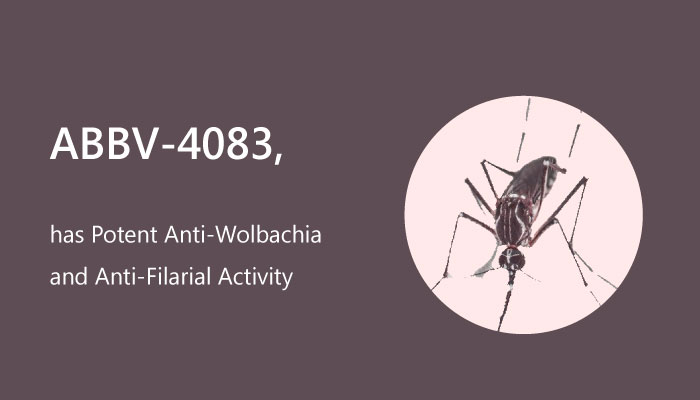Lymphatic filariasis and onchocerciasis are parasitic helminth diseases that constitute a serious public health issue in tropical regions. In onchocerciasis, disease manifestations mainly arise in the skin-the tissue parasitised by the microfilarial stage. Additionally, the Wolbachia bacterium lives symbiotically within the filarial worms that cause onchocerciasis and lymphatic filariasis. Therefore, anti-Wolbachia therapy is an ideal approach to treating filarial disease. The concept of targeting Wolbachia as an approach to treating filarial disease has been clinically validated using the tetracycline antibiotic Doxycycline. Doxycycline mainly targets the Wolbachia bacterial endosymbionts and results in long-term sterility and macrofilaricidal activity. However, Doxycycline is not ideal for use, as it is contraindicated in children and in women of child-bearing age. Moreover, Tylosin A (TylA), a macrofilaricidal agent, acts by targeting the worm-symbiont Wolbachia bacterium.
In this study, Thomas W. von Geldern, et al reported the discovery of a new anti-Wolbachia compound, ABBV-4083, derived from the macrolide antibiotic Tylosin A. Chemical modification of Tylosin A leads to improvements in anti-Wolbachia activity and oral pharmacokinetic properties. ABBV-4083, an optimized Tylosin A analog, has been selected for clinical evaluation. Gratifyingly, ABBV-4083 exceeds the efficacy of Doxycycline and meets many of the stated pre-clinical goals for a next-generation anti-filarial agent. Herein Thomas W. von Geldern, et al described the details of the discovery program leading to the identification of this novel anti-filarial agent. Consequently, a safer, faster anti-Wolbachia agent would be a valuable addition to the filariasis pharmacopeia.
Based on above data, ABBV-4083 demonstrates potential improvements over the use of Doxycycline as an anti-Wolbachia agent in terms of both safety and reduces treatment duration. All in all, ABBV-4083, a novel analog of Tylosin A that has potent anti-Wolbachia and anti-filarial activity.

Reference:
PLoS Negl Trop Dis. 2019 Feb 28;13(2):e0007159.